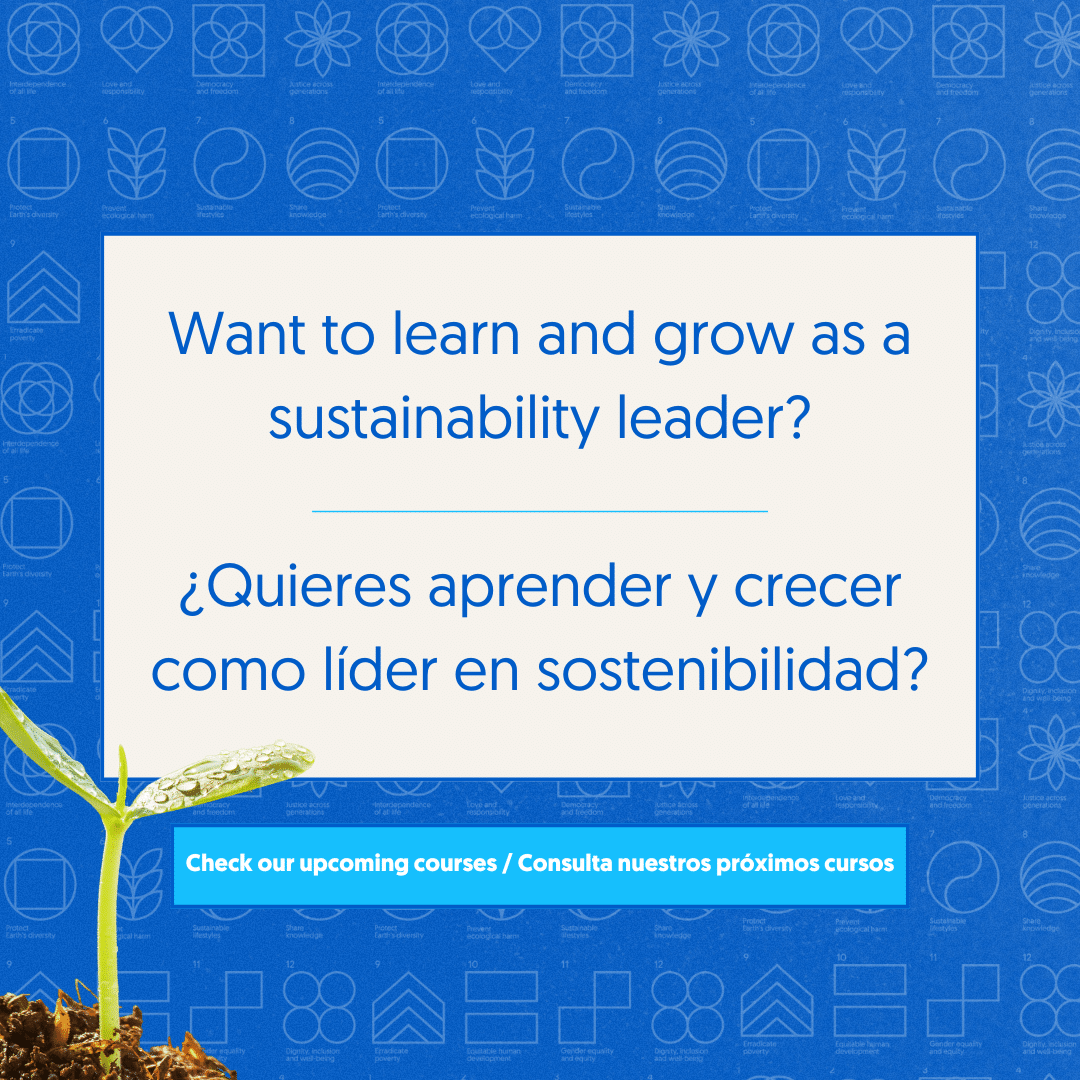By Adam Koniuszewski
“This is a man I can do business with,” said Margaret Thatcher of Gorbachev. But it was not love at first sight between him and Reagan when they first met at the Geneva summit in 1985. The American president called him a “die-hard Communist” while Gorbachev fired back that Reagan is “not a hawk but a dinosaur.” Still, Reagan quickly realized that Gorbachev was unlike previous Soviet leaders and both understood a nuclear war could not be won and must never be fought. That is how their tango started and the rest is history.
Now, despite the shadows of war in Ukraine, tributes to Mikhail Gorbachev have been flowing in from around the free world. Unlike for Ronald Reagan however, he did not receive a proper state burial. How can that be for this towering figure of history? The modernizer behind glasnost and perestroika has done more for freedom and peace than any leader of his time. His reforms resulted in the largest non-violent revolution ever, freeing 260 million people and making the world a safer place. When asked how his reforms were perceived in is homeland, he said that the judgement of history can be capricious at times but that eventually Russia would be able to reach its potential. Only then would his gift of freedom and democracy be recognized and appreciated. In time, his contribution would be vindicated.
After the fall of the Berlin Wall Gorbachev also saw a greater role for multilateralism, the United Nations, and other international organizations. Issues from disarmament to the environment required international cooperation. At the Rio Earth Summit in 1992, delegates and its organizer, Canadian Maurice Strong, called for the creation of a Red Cross for the environment under his leadership. This is how the International Green Cross was born. Its headquarters were established in Geneva on the invitation of its former Mayor, Pierre Muller. Pierre would join Green Cross as its Vice-President until Gorbachev retired in 2017. It is a sad coincidence that both have left us within days of each other but their contribution to the city of peace, solidarity, and international cooperation lives on.
Between 2008 and 2017, I had the opportunity to join this giant of history as the executive director of Green Cross and its network around the world. There I worked on a wide array of challenges including climate change, access to water and sanitation and the destruction of 70,000 tonnes of chemical weapons. Gorbachev understood that security, development and the environment represented a critical nexus for the future of humanity. He called for a global perestroika for the environment. A goal that will not be achieved in his lifetime.
As for Maurice Strong and Gorbachev, they teamed up around numerous initiatives including the Earth Charter. A universal set of principles to guide civilization towards sustainable development. This staple was the fruit of the widest global consultation ever conducted so as to embody a celebration of participatory democracy for human development and environmental protection.
President Gorbachev said that the future is not predetermined. It depends on both events and purposeful action. Change must start with leadership. The onus is now on us to build on this legacy.
Adam Koniuszewski, was the Executive Director of Green Cross International from 2008 to 2017.








